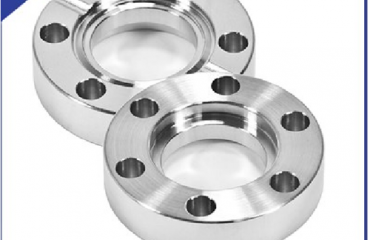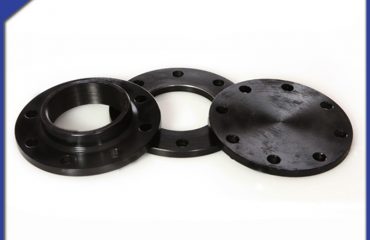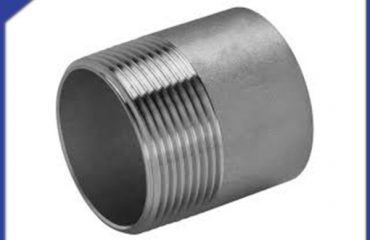In the past decade, the consumption of stainless steel for cars in Japan has increased from 10 kg to 30 kg, while that in the United States has exceeded 40 kg. Buses, subways, high-speed rail vehicles and other means of public transportation are also widely used stainless steel.
Aluminum alloy vehicles are selected for urban rail transit in Shanghai, Guangzhou, Wuhan and Chongqing; stainless steel vehicles are selected for Binhai rapid rail transit in Tianjin; stainless steel vehicles are mainly used for the 2008 Olympic Games in Beijing; stainless steel railway buses are considered for Qinghai Tibet railway.
By the end of 2010, Beijing metro line 15 will select the stainless steel metro vehicle products independently developed for the first time in China, and the total number of vehicles for the whole line will be 15, among which two are servicing vehicles.
In 2011, China successfully produced two-phase stainless steel for important parts of railway passenger cars, and replaced imported products, which has been successfully used in metro vehicles. The requirement of lightweight and advanced development of rail vehicles will be the primary direction of rail vehicles in the future.
Stainless steel not only has the function of corrosion resistance, but also has good physical function and surface quality. It has been widely used in car manufacturing. At present, there are mainly the following types of parts used.
1) Stainless steel for exhaust system: most of them are ferritic stainless steel, which is the most used part of car stainless steel. 409L, 436l are commonly used stainless steel. From the point of view of economy and practicability, 0cr11ti type ferritic stainless steel is often used as exhaust system of cars in some European and American countries, while 13Cr ~ 17Cr ferritic stainless steel and its improved type are basically used in Japan.
2) Stainless steel for car fuel tank: in addition to no danger of fuel leakage, the fuel tank made of stainless steel has outstanding corrosion resistance and good forming function, can save or simplify the coating process, and is easy to recover. 304L, jfe-sx1, etc. are commonly used stainless steel.
3) Stainless steel for car frame: the combination of the combination car frame planning and the excellent functions of stainless steel data can make the car with good anti-collision function, light weight, high safety reliability and long service life. In addition, such a frame can be fully recovered and used. 409L, 3Cr12 and 304L are commonly used stainless steel grades.
4) Car stainless steel parts: there are mainly stainless steel sealing rings and heat exchanger, the sealing rings are generally 301 stainless steel, the heat exchanger generally uses SUS304, SUS430, SUS409L and other stainless steel materials; Cr Ni austenitic stainless steel is also used on some parts; 0Cr17, 0Cr18Ni9 are used for oil cooler plate heat exchanger; 0Cr17 is generally used for headlight retainer, large bus handrail and safety rail Rods and so on.
5) Stainless steel for car decoration: stainless steel fillets, antennae, wheel covers, etc. are used for small cars, and stainless steel is also used for handrails, safety railings and suspenders of large buses and vehicles.
In order to reduce the cost, sus430j1l series stainless steel is the primary choice for the rear-view mirror, sus436j1l series stainless steel is the choice for the rear-view mirror of some high-end cars; SUS430, SUS304, SUS301 and other steel types are mostly used for the car wiper; SUS430 and other steel types are used for the headlight retainer.
Stainless steel is also often used for safety devices in cars. For example, SUS301 stainless steel is used as safety belt tightener, SUS304 and SUS304L stainless steel are used as sensors and booster pump of air bag, sus434, SUS444 and other steel are used as ABS sensing ring.
6) Car frame or car shell: car frame or car shell made of stainless steel containing 11% – 12% Cr, commonly used brands are 00cr11ti, 0cr11ni4ti, 00cr12niti, etc. Some countries have used stainless steel for large public cars, coal transport vehicles, urban metro vehicles, etc.
 Language
Language Espanol
Espanol English
English Italian
Italian عربى
عربى
 Skype: chinamaker99
Skype: chinamaker99  Tel: 86-316-5120812
Tel: 86-316-5120812 Email:
Email:  Whatsapp:
Whatsapp: 

